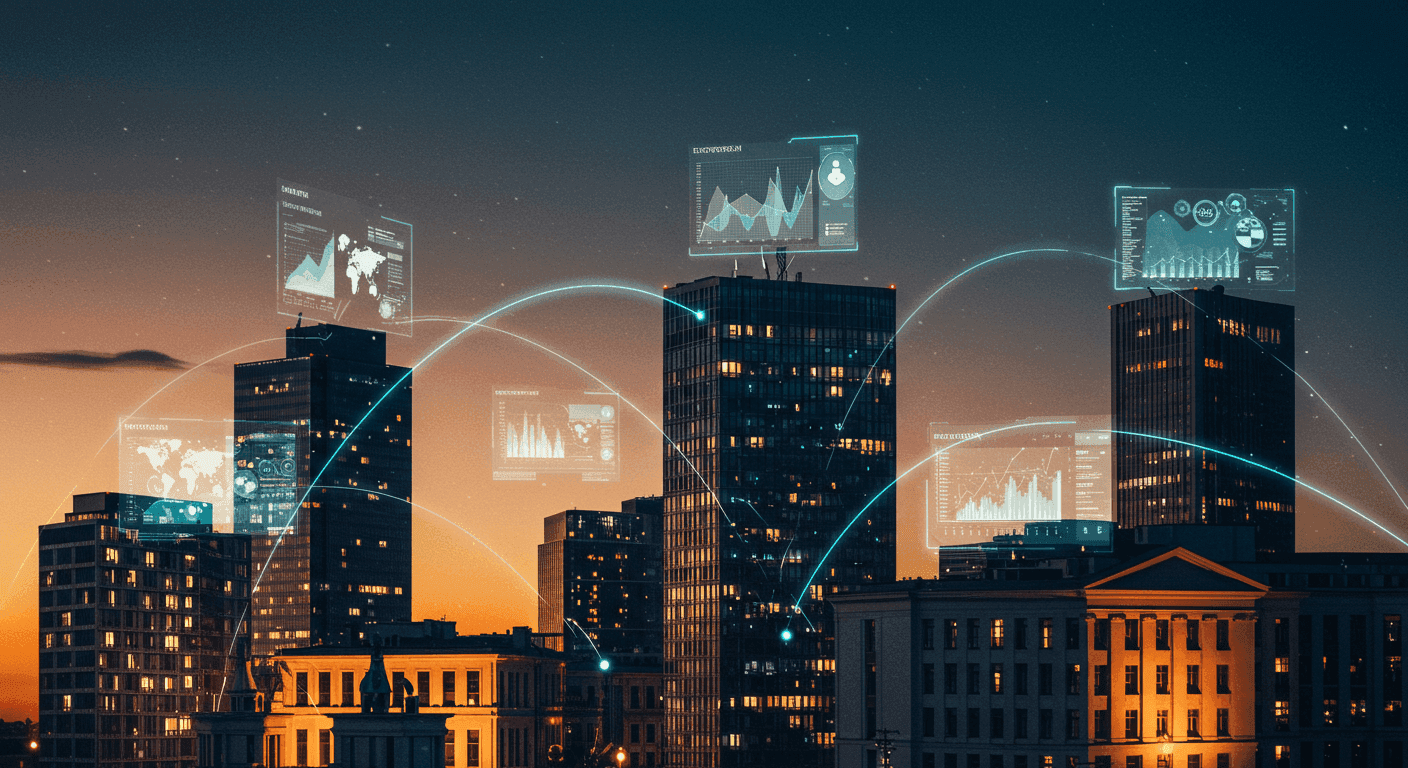How do you know your money is safe when you tap your phone to pay?
People used to pay with coins, then cards, and now phones. But behind every payment, there’s more happening than meets the eye.
As payments get faster, they also get more complex, and that can lead to new problems - like scams, lost money, and errors.
This is where AI comes in. By helping businesses and people make payments smarter, safer, and simpler, AI will be changing the way we move money in 2025.
This blog breaks down how it's happening, what tools are involved, and what to expect next - all in a simple way anyone can understand.
How Payments Have Changed in the Last Few Years
Payments today are very different from just ten years ago. People used to carry cash in their wallets. Then came credit cards and online transfers. Now, many people pay by just scanning their phones.
Digital wallets like Apple Pay, Google Pay, and PayPal have made buying things faster. People don’t even need to touch anything - they can pay with a tap or scan. These changes started even before AI got involved. Now, with AI growing fast, payments are becoming even smoother.
Banks and companies began using automation to process payments faster. But automation could only do so much. AI is taking things a step further by learning and adapting in real time.
What Is AI, and Why Is It Used in Payments?
AI stands for artificial intelligence. It means a computer system that can think and learn like a person. Instead of following one rule, it learns from patterns.
In payments, AI is used to check if a payment is safe, respond to customer problems, and even help people save money. It works all day without breaks and can handle a lot of tasks at once.
By using AI, payment companies can move money quickly, reduce mistakes, and help users feel more secure.
AI Tools Making Payments Easier in 2025
One of the most helpful tools in 2025 is AI chatbots. These are smart systems that talk with people through text or voice. Many apps now let users ask a bot to send money, check balances, or pay bills.
Voice assistants like Siri or Alexa can also make payments for you - just by listening to your command.
Another big use is in fraud detection. AI watches over all transactions and looks for anything strange. If something doesn’t look right, it can stop the payment or send an alert.
AI also studies user habits to suggest better ways to pay. This saves people time and helps them manage their money better.
How AI Is Improving Payment Security
Security is one of the biggest concerns with digital payments. AI helps by adding layers of safety.
Some apps use face scans or fingerprint checks. These are called biometric tools. AI helps make sure they work correctly and can't be fooled.
Fraud prevention systems also use AI. They check where the payment is from, how much it is, and if the behavior is normal. If something is off, the system can block the payment or ask for more details.
AI also looks at risky patterns. If many people report a scam from the same source, AI can learn that and stop future scams faster.
AI in Personal Finance and Budgeting Apps
Many people now use apps to help with their money. These apps can track spending, suggest saving tips, and warn you when bills are due.
AI makes these apps smarter. It can understand how you spend, guess what you’ll need, and give better advice. Some apps now even pay your bills for you - without needing reminders.
By learning from your habits, AI can help you spend less and save more.
Impact on Businesses and Payment Providers
For businesses, AI has been a big help. It speeds up payments, cuts down mistakes, and saves money. Instead of checking each payment by hand, systems can review thousands in a few seconds.
Customer service has also improved. AI can talk to customers right away and help fix problems faster. This makes people happier and saves companies time.
Some businesses also use AI to offer discounts or deals based on what a person buys. This makes customers feel seen and understood.
Challenges of Using AI in Payments
AI isn’t perfect. There are still some challenges.
First is data privacy. AI systems need a lot of data to work well. But people want to know who has their data and how it’s being used.
Another issue is over-reliance. If systems go down or make a mistake, it can cause delays or problems.
Also, laws and rules are changing fast. Companies need to follow new rules to protect users and keep AI systems fair.
The Future of AI Payments Beyond 2025
What’s next for AI and payments?
We may see more payments made through voice, face, or even wearable devices. AI could help connect all your payment tools in one place.
In the future, AI may even make money decisions for you - like when to pay bills or how to split your savings. But many people still want to be in control, so the balance between tech and trust will stay important.
Final Thoughts: Staying Updated in a Fast-Moving World
AI is changing how we pay, save, and manage money. From making payments faster to keeping them safe, its role keeps growing.
As these tools become more common, it's important to learn how they work and how they affect your money. Staying informed can help you make better choices and avoid problems later.
FAQs:
Can AI stop payment fraud before it happens?
Yes, AI can spot unusual behavior and block payments before they go through if it finds something suspicious.
How is AI different from regular payment software?
AI learns from patterns and makes smart choices, while regular software only follows fixed rules.
Will AI remove the need for banks?
No, but it may change how banks work by making them faster and more helpful.





